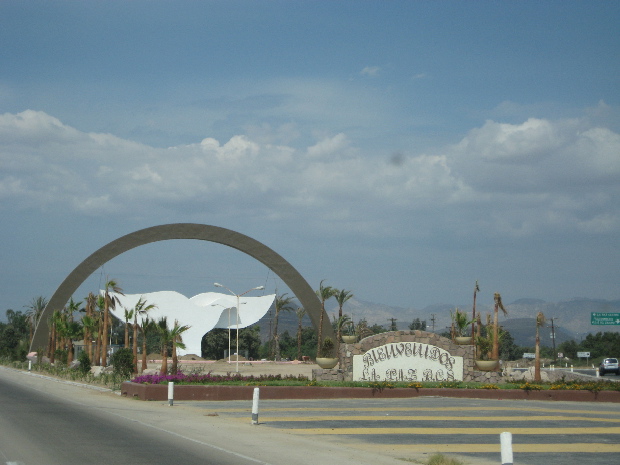
Mexico
1 leaves the coast of the Mar de Cortés just south of Loreto and cuts
back into the interior of the peninsula before veering east again and
doubling back to the great sea at the Bahía de La Paz. The city
of La Paz, nestled in the wide curve of the bay, was our main destination on this trip and Harry recorded the
attitudes of the passengers at the moment we arrived there.
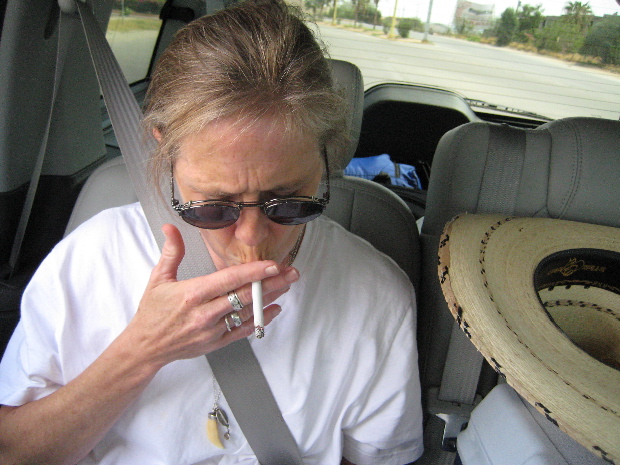
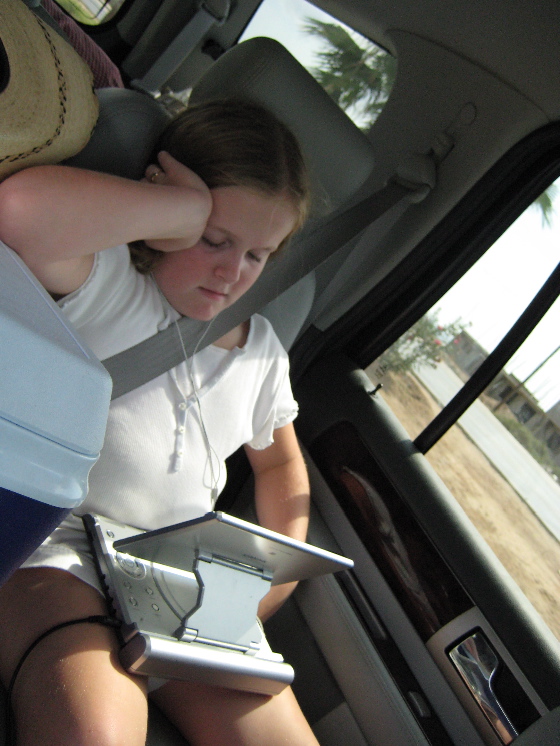
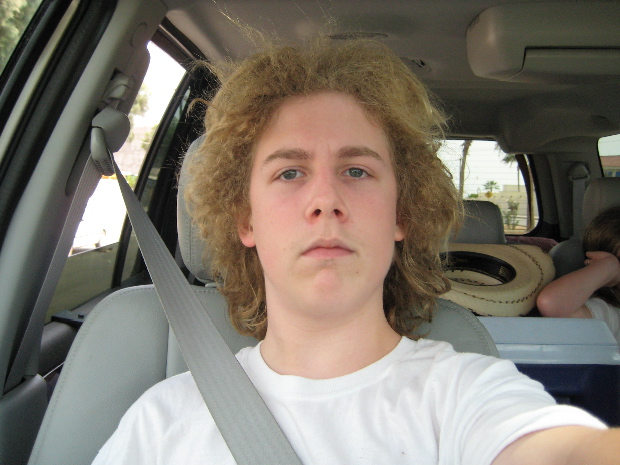
Here's John Steinbeck on La Paz, as it was back in the 1940s:
La Paz grew in fascination as we
approached. The square, iron-shuttered colonial houses stood up
right in back of the beach with rows of beautiful trees in front of
them. It is a lovely place. There is a broad promenade
along the water lined with benches, named for dead residents of the
city, where one may rest oneself . . . [A] cloud of delight hangs
over the distant city from the time when it was the great pearl center
of the world . . . Guyamas is busier, they say, and Mazatlán
gayer, but La Paz is antigua.
We didn't approach La Paz from the water, as Steinbeck did, and it has
changed plenty since his time, but a cloud of delight still hangs over
it, purely Mexican, not fueled by American tourist dollars, and it it
still antigua, old and wise. It's a tourist town, but it caters to
Mexican tourists, and so is graceful and slow in its rhythms, without
the frenzied party-til-you-puke atmosphere of Cabo San Lucas or the
Pacific coast above Ensenada.
There is nothing spectacular about the place, its allure is quiet . . .
but powerful. After a day there I never wanted to leave, and I
wish I was there right now.
I thought it would be good to stay for at least a night or two at the
Hotel Perla, the first “destination hotel” in La Paz, built in the
1940s, which for a short time, into the 50s, was host to Hollywood and
literary celebrities, a kind of proto Cabo San Lucas — but the Perla was full, which led us happily
to the second destination hotel built in La Paz, not long after the
Perla, the Los Arcos. The rooms in the main building were too
pricey for us, but we got fine rooms in a more recent extension of the
hotel across the street, the Cabañas de Los Arcos.
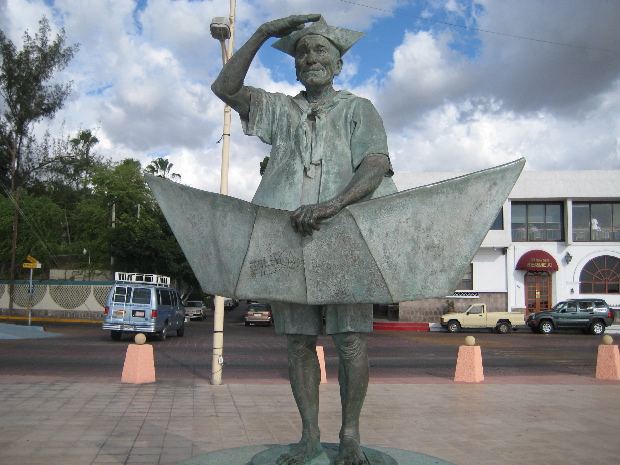
The main hotel was full of American fishermen, the cabañas were full of
Mexican families and so pleasant that, after a couple of days spent
searching for even cheaper accommodations, we sent my sister Lee forth
to negotiate a lower rate for an extended stay at the Los
Arcos. This she accomplished, and when we checked out we
discovered that they had applied the rate retroactively to our first
days there as well.
This rate was cheaper than you'd expect to find at a Holiday Inn next to an
ugly Interstate off-ramp in the United States, though the big rooms had
views of the Mar de Cortés, the service was superb and the hotel was
located on the malecón, the
broad promenade along the water that Steinbeck mentions and that is the
heart of La Paz's daily public life, especially after dark.
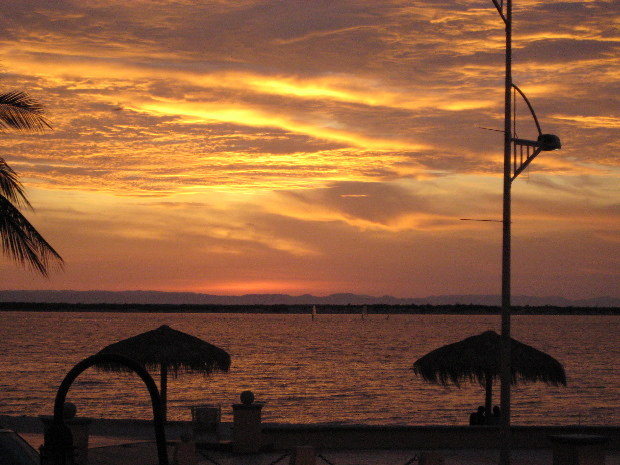
I felt I had come home.
For previous Baja California trip reports, go here.
[Photos © 2007 Harry Rossi]
